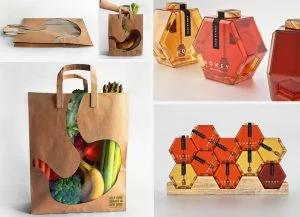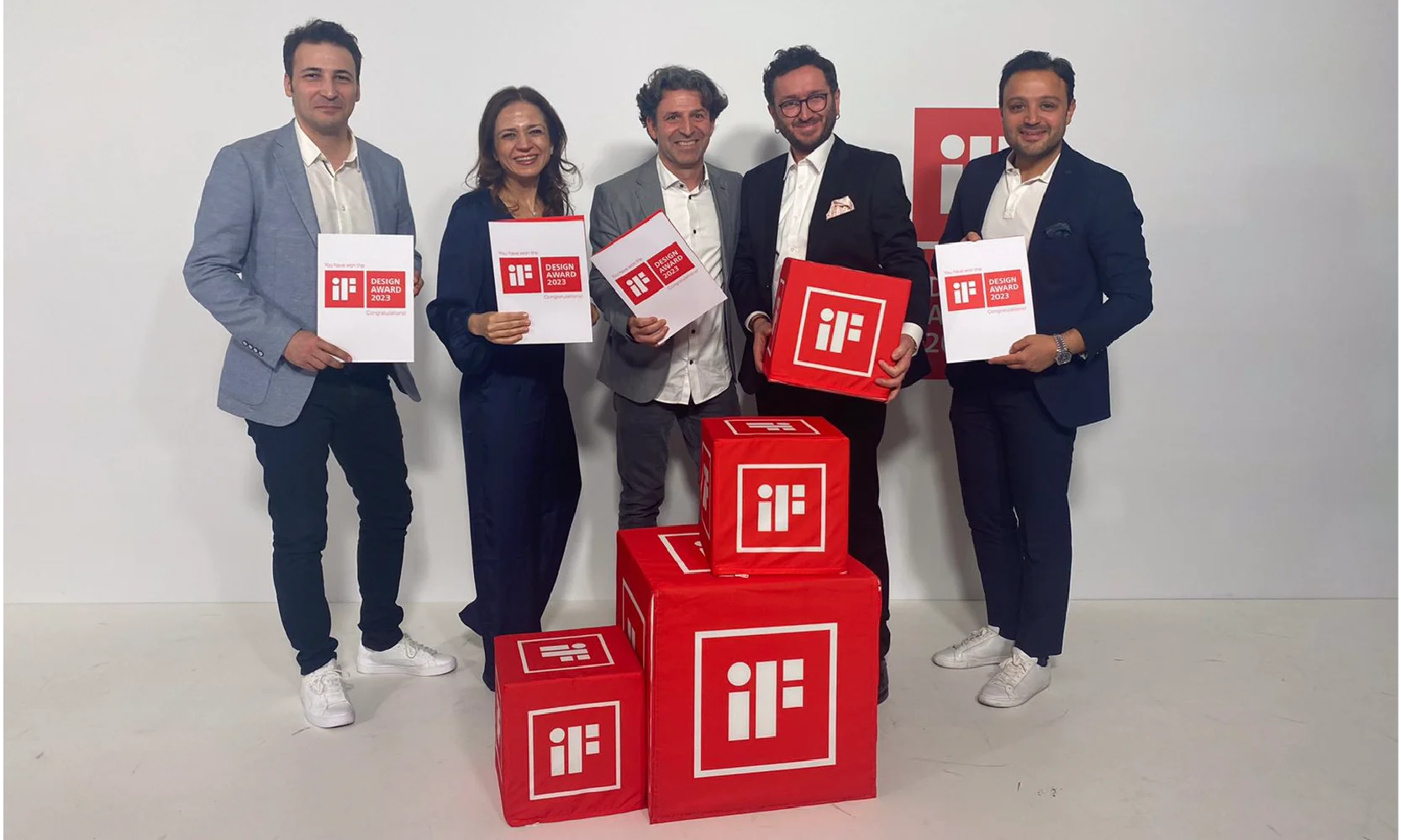Packaging design is the embodiment of a marketing strategy that prioritizes the demographics of the target audience. We can think of packaging as a silent salesman who carries a huge advertising potential. Packaging can be both a versatile marketing tool and an integral part of logistics… Considering its technological and marketing power, the packaging world remarkably affect the efficiency of logistics.
The Silent Salesman on the Shelves: Packaging World
“In the absence of any other marketing messages, our packaging – comprised of the trademark, our design, color and information – is the sole communicator of our brand essence. Put another way – when you don’t have anything else – our packaging is our marketing.” – Philip Morris


Packaging is a critical factor in developing an effective brand identity. Aside from providing a strong communication with the customer, it has many different functions such as transportation, storage, preservation and reuse. Packaging plays a key role in the supply chain management process. Due to its economical and environmental impact, packaging becomes more and more important everyday. That’s why, packaging design is a broad topic that is interrelated with logistics, marketing, production and environment.
Expectations of Logistics and Marketing to Design
While logistics requires the packaging to be easily transportable, marketing demands visual appeal and convenient size. The world of packaging isn’t just a presentation of the product on the shelf, it stimulates consumers’ expectations and creates a desire to try the product. After the purchase, the consumer evaluates the performance of the product and develops an emotional bond. Consumers dispose the package eventually. On the environmental aspect, it becomes important whether if the packaging is recyclable and/or reusable etc.
Packaging During Shopping
Research show that 70% of the purchase decisions are made inside the market. The packaging plays an effective role in the decision making process as much as the price. Therefore, it wouldn’t be wrong to say that packaging acts as a silent salesman sitting on shelve.


Packaging speeds up the decision making process of customers who encounter many products during shopping. Packaging can be considered as a platform to differentiate from competitors and increase sales. So what drives us to shop? Although rationality plays an important role, shopping is very much connected with emotions. We generally neglect the power of emotions on influencing our purchase decisions. Packaging designers manage the purchasing process by creating this emotional bond between the product and consumer.
Packaging is actually a presentation that directly affect the number of sales. Customers definitely don’t give a chance to boxes and/or packages that are not aesthetically appealing. Beautifully designed packaging has a huge impact on the promotion of the brand.
Since a significant part of purchasing decisions are made inside the store, packages are a critical element of a brand’s marketing communication. Therefore, the key for a good market performance is to leave a great first impression on the consumer. On the other hand, poor packaging can also have a dramatic effect. For instance, cigarette packages covered with health warnings and disturbing graphics aim to reduce the consumption.
The World of Packaging: Creating Impressions
Many research were made on the ways in which packaging can trigger positive and negative emotions in the brain. A study published in Psychology & Marketing journal examines different the brain activities responding to different types of packaging. According to the results, visually attractive packaging activates the reward system in the brain. This proves that the power of packaging on purchasing decisions is real.
Adding Value to a Product
Packaging makes up the 40% of total plastic production and 70% of total exports in Turkish plastic industry. It directly affects the entire value chain, from producers of raw material to injection print, label production, quality control and mold design.
As Arman Design, we offer design, management and production consultancy on rigid plastic packaging. Starting with market research and trend analysis, we create an effective packaging design, bring out the brand identity and ensure that all these elements are in harmony to connect with your current future customers.
We create innovative designs in two-dimensional and three-dimensional structure. We undertake the each stage off all projects, from feasibility and concept design to production.


Innovative Design in the World of Packaging
Packaging design makes products more visible and preferable on the market. In an era where trends, technological developments and market competition are constantly changing, we turn our faces to packaging design. That’s why interactive packaging design and other innovative approach to packaging have become so popular lately.
Packaging serves specific functions such as product preservation and brand promotion. However, some packaging designs provide additional functions. For instance, water bottles that have an extra flip-top lid makes the product usable during sports activities. That way, packaging shapes the user experience and makes the brand more attractive. On the other hand, the unpacking experience of especially electronic products has become very much popular. With its clean and minimalist packaging, iPhone is a perfect example of how unpacking experience is an integral part of the user experience nowadays.


Green and Sustainable Packaging
As the environmental awareness increases, trends shift towards recyclable or reusable packaging. Minimalist packaging is more appreciated due to less waste production. Also, minimization of mass and volume are important to reduce environmental impact.


Remember that eco-friendly product packaging demonstrates your company’s environmental responsibility. Innovative packaging constitutes a solid example to evoke customer interest with its eco-friendly features.
As a result, packaging combines various design element such as form, structure, material, color, image and typography which eventually make a product marketable. On the other hand, it is simply a container to protect and transport products. Therefore, aside from visual appeal, designs that take into account the needs, expectations and problems of the customer and supply chain are the most effective and successful ones.
 Primitive Use of Artificial Intelligence: A Look from Past to Present
Primitive Use of Artificial Intelligence: A Look from Past to Present  The Future of Medical Design
The Future of Medical Design  A Night Full of Prizes: Celebrating 4 Wins at iF Design Awards 2023
A Night Full of Prizes: Celebrating 4 Wins at iF Design Awards 2023